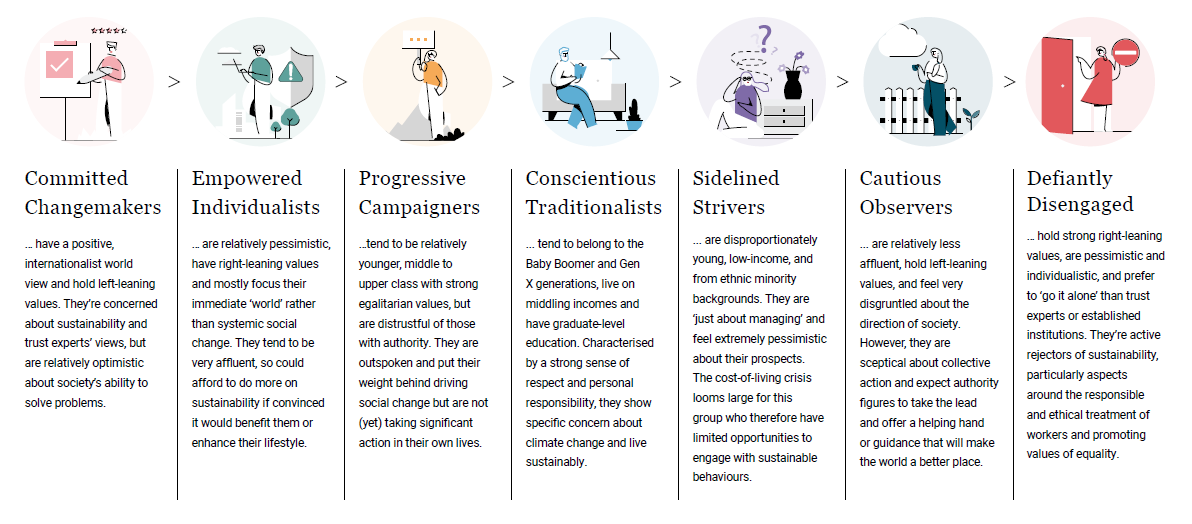
Simply knowing that there is a desire for more sustainable travel solutions is not enough. Brands need to know how far customers are willing to go to reduce their carbon footprint.
Sustainable travel is not a new concept. Far from it. Any number of research studies over the past decade have confirmed that consumers want to travel in a more environmentally friendly way. We do want to reduce our carbon footprint. Many brands in the travel industry are well aware of this and have acted accordingly. But are they getting it right? Do they have a thorough enough understanding of their target market and what they are looking for?
Are we asking the right questions?
For a start, when trying to understand any market through research, it is important to ask the right questions. Simply ascertaining that the majority want to cut their carbon emissions or lessen their impact on the planet doesn’t really tell us much. Only the most contrary of individuals would say otherwise. What brands need to ascertain is ‘What would you sacrifice to travel more sustainably?.’
For instance, research by Savanta has confirmed that, depending on travel occasion, there are any number of factors that are more important than environmental impact in decision making. Cost is always near the top, but speed, comfort, luxury convenience and more are virtually always higher on the list of considerations. Ideally, a brand will offer more sustainable solutions without negatively impacting any of the other factors, but that is not always possible. So, the trick is to understand what consumers might be willing to forego to travel more sustainability. Would they pay more? Would they take a more sustainable form of transport, even if it meant taking longer to get to a destination? And so on.
From consideration to action
Another common question in research studies asks which actions an individual would consider taking in relation to sustainability. For instance, a recent Savanta study asked 5,000 participants from the UK whether they would pay extra to fly internationally to offset carbon emissions.
This is useful information in that it tells you that there is a potential market out there for the offsetting of carbon emissions – merely half do this already or would consider it. However, there is so much more we need to know. For example:
- What would turn consideration into action?
- How much would an individual be willing to pay? How would this differ by length of flight/destination?
- What if you were travelling with other passengers?
- What assurances do you need to believe the airline is using your hard-earned cash to offset your carbon emissions?
Research can help answer these questions. Savanta’s Behaviour Change Model can help you ascertain the nudges required to move a consumer from pre-contemplation (I would never consider doing this) to consideration, action and, ultimately, to maintenance (I do this all the time).
But that’s not the end of the story.
We need to know who our audience is
As well as knowing more detail about what consideration actually means, it is fundamental that we understand who might consider and who would not. Travellers are not a homogenous entity that all think and act in the same way.
Savanta knows this very well. In our recent Sustainability Segmentation report, we identified seven consumer segments based on awareness, knowledge, ability to care and behaviours, to understand how intentions and actions towards sustainability vary.
The report uncovers how society is embracing – or resisting – a desire to meet sustainable goals, even during a deep and global economic crisis. By understanding the different segments that exist, we can help brands in the travel industry understand what it is that their customers want (or don’t want). This in turn helps them market their offerings more effectively through communication that talks about sustainability in a manner that directly connects with customer values.
How are the segments defined? Our findings identified that the public falls into seven segments; from Committed Changemakers who have a positive, internationalist worldview and hold left-leaning values to the Defiantly Disengaged, those holding strong right-leaning values, who are pessimistic and individualistic and prefer to ‘go it alone’ than trust experts or established institutions.

So what?
Simply knowing that there is a desire for more sustainable travel solutions is not enough. We need to know how far customers are willing to go to reduce their carbon footprint. What are they willing to sacrifice? What actions will nudge them along the journey to sustainable travel?
Importantly, we need to recognise that we are not all alike. Understanding your target market and the different needs, attitudes and wants they exhibit is fundamental for success.




